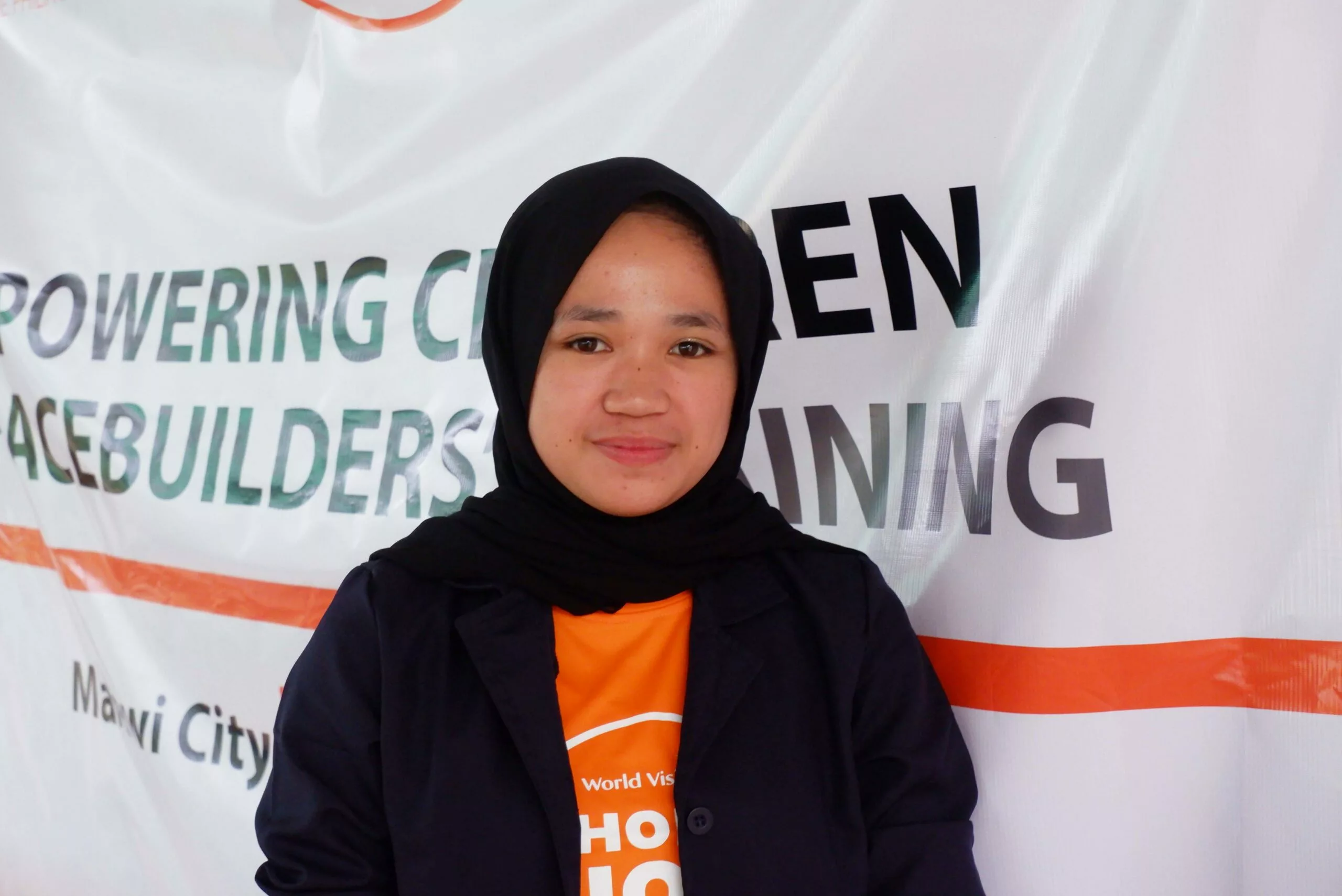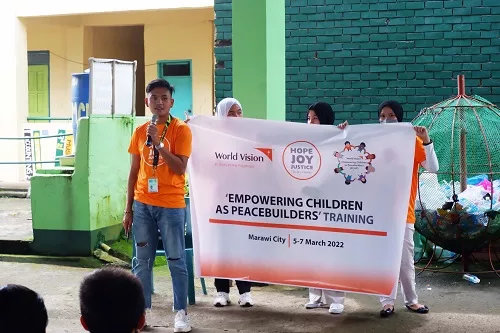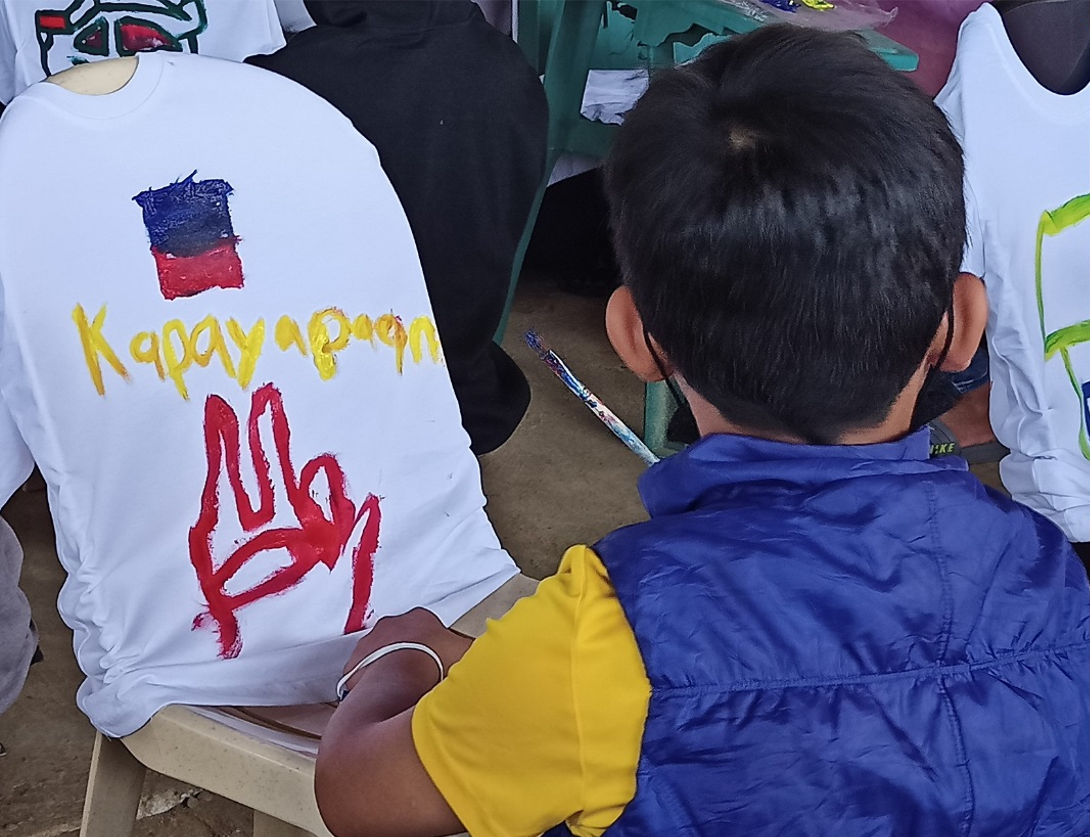Mother recalls: ‘The last flood I experienced was in the 80s’
By Roxanne Angelika S Dela Cruz | Field and Emergency Communications Specialist
DAVAO DEL NORTE, PHILIPPINES —- Consecutive rains in the southeastern part of Mindanao forced more than 250,000 individuals to flee their homes to safety. Such is the ordeal that Rosielyn, 45, and her family experienced.
On the fourth day of incessant rain, floodwaters surged, marking the first ordeal for Rosielyn’s family with seven children.
“This massive flooding isn’t new to me but it was a first for my children. I have experienced this, but it was a long time ago, sometime around 1980s. That’s why people here thought flood such as what happened would not happen again,” shares Rosielyn.

Rosielyn’s family evacuated first to her sibling’s house, a kilometer away from theirs, thinking that it was a much safer place for them. However, as water rose, she and her sibling’s family had to evacuate again. They stayed in their second evacuation site overnight before transferring to a safer place they’d call ‘stockpile’ because of the number of salvage house stuff that evacuees piled there.
“We slept there for a night. Our situation kept us awake until morning.”
Thinking that the ‘stockpile’ is already safe, another advisory was issued, warning that the water level might rise again. This prompted the people to evacuate yet again. Rosielyn’s family had to flee at 10 in the evening. bravely wading the four-feet flood for about three hours.
Her family live in different evacuation sites for almost a week. The floodwater only receded after two weeks.

Not giving up
“When we came back to our house, our situation was even harder,” Rosielyn says with tears in her eyes. “We’re home now, yet we are worried about where to get our food. Our crops are damaged, not even a single stem survived. Our vegetables, too, are gone. Even our chickens and ducks have been probably swept away by the flood.”
The community depends on agriculture for livelihood, with rice fields and coconut trees dotting the surrounding landscape. Rosielyn’s family relies on their crops for income and daily sustenance. They would have harvested approximately 350 sacks of rice. Of these sacks, 40 sacks are distributed to working farmers for family consumption, and the rest of the harvest is sold for Php900 ($18) per sack.
The family currently relies on the relief goods provided by their local government. “We’ll line up even to receive 3 to 5 kilos of rice so we can have something to consume for now,” she says. “Wea try to save as much food as we can because we don’t know when we’ll receive help again.”
Aside from food, Rosielyn is concern how to send her children to school. Without income, she couldn’t provide for her children’s school needs such as allowance and new school supplies.
“We might not be able to plant and harvest anytime soon. Our landowner is contemplating whether to continue to plant crops or not because of our situation. What we can do at the moment is to look for work in other farms,” says Rosielyn.

Despite what happened, Rosielyn is optimistic that she will surpass this challenge. “We will survive. We’ll just work harder and not let this tragedy take over us.”








